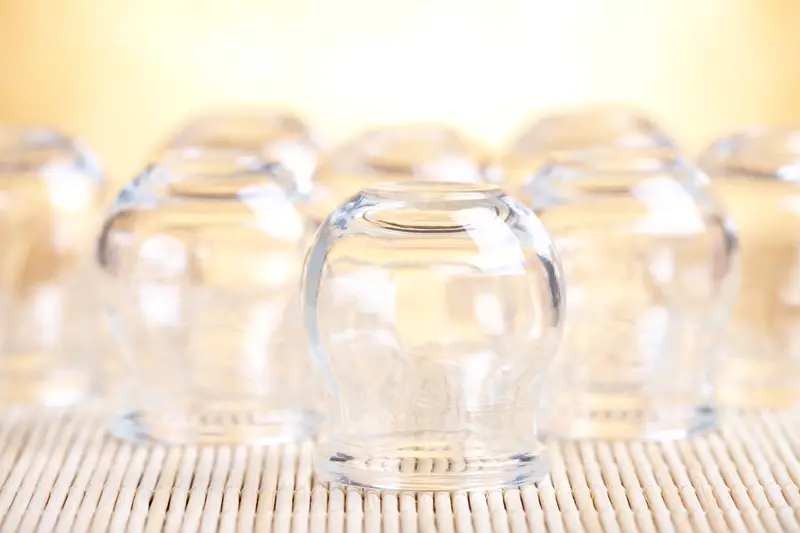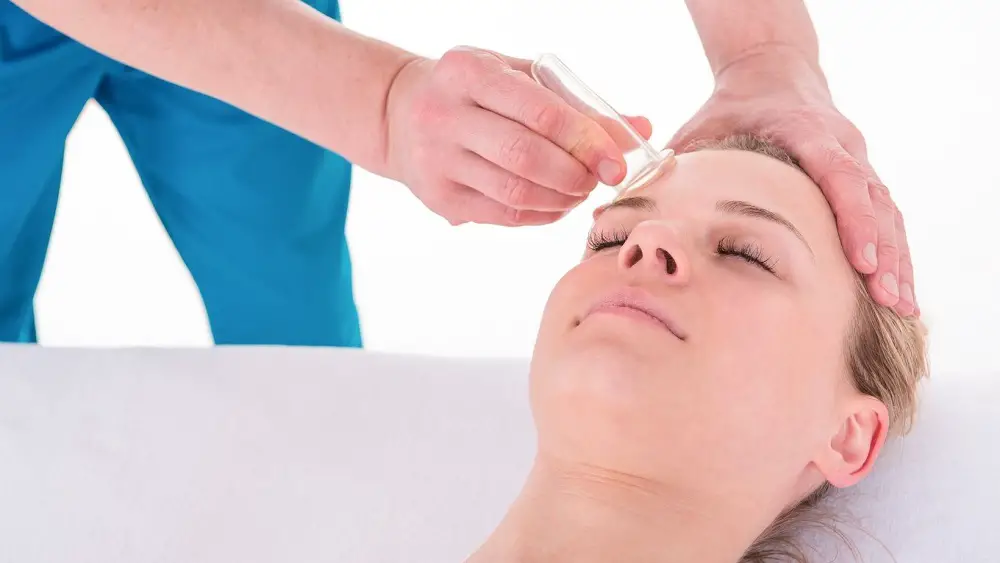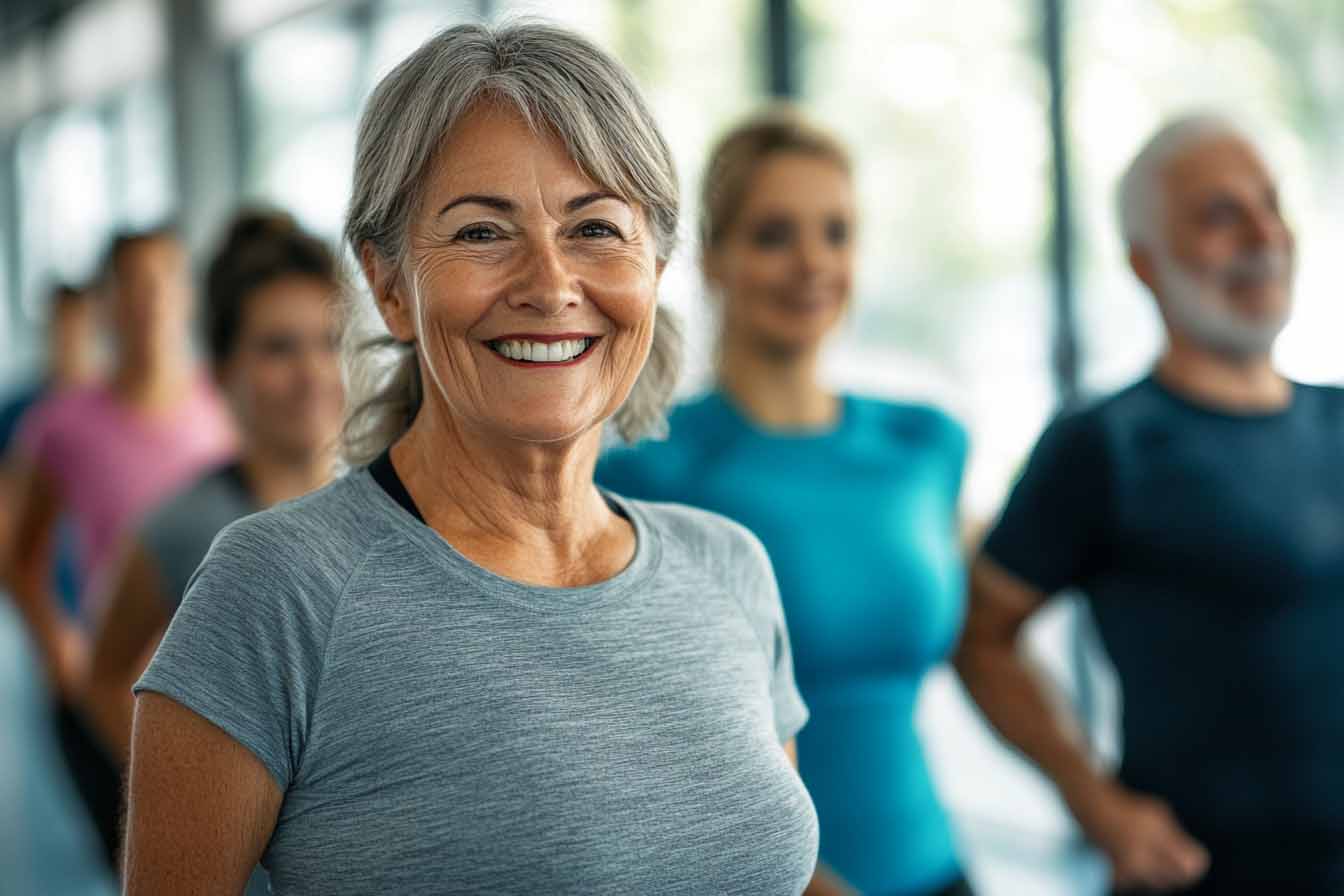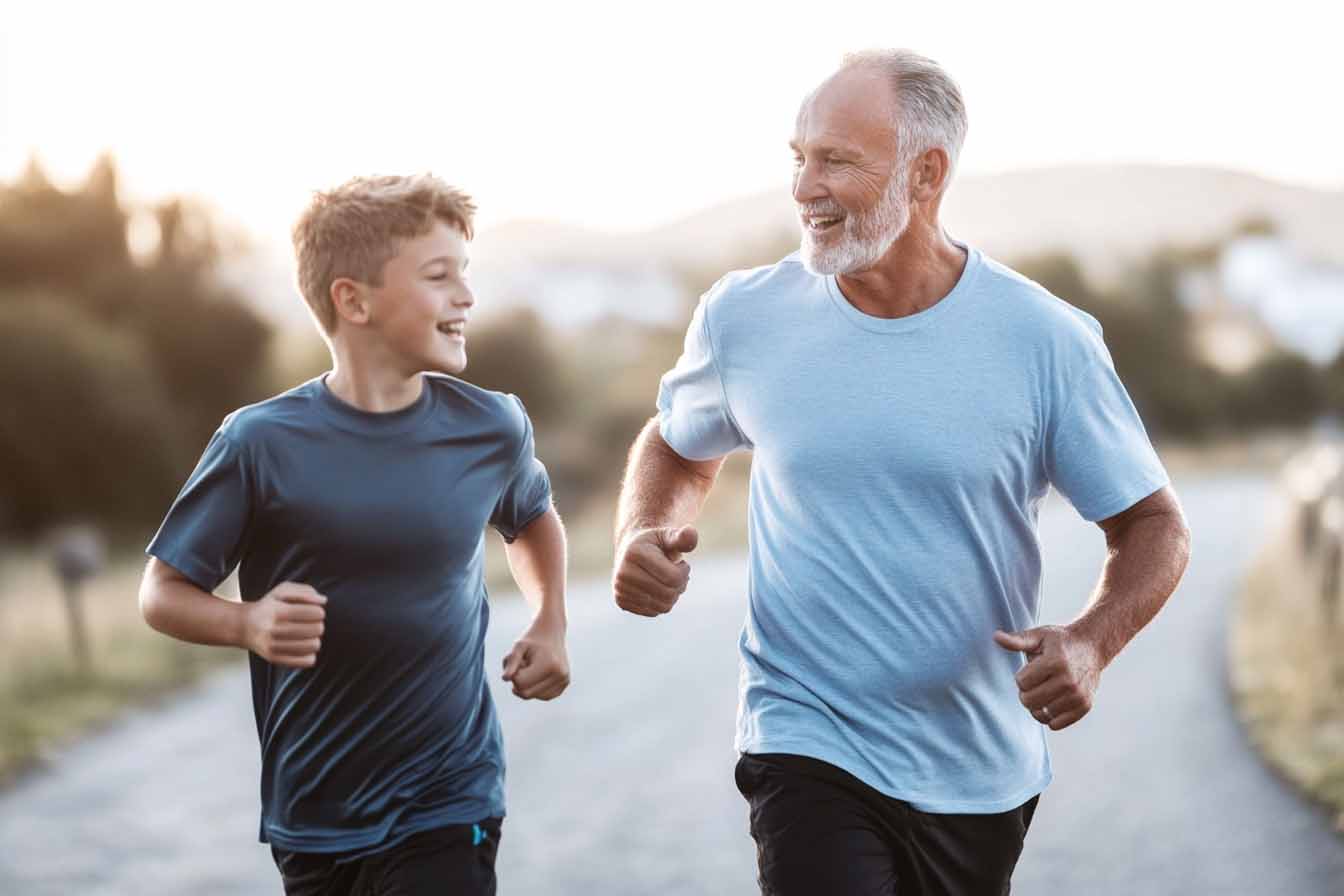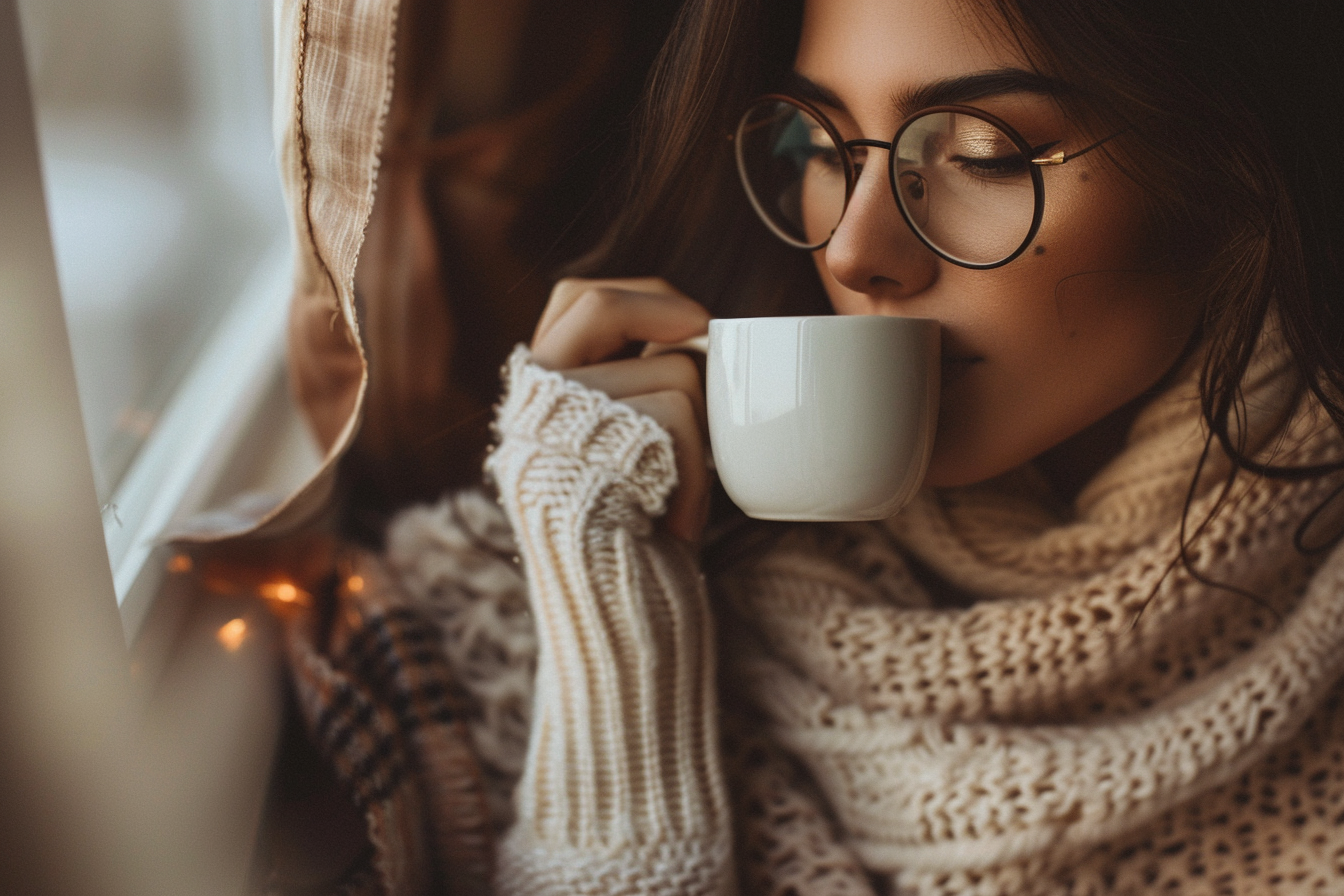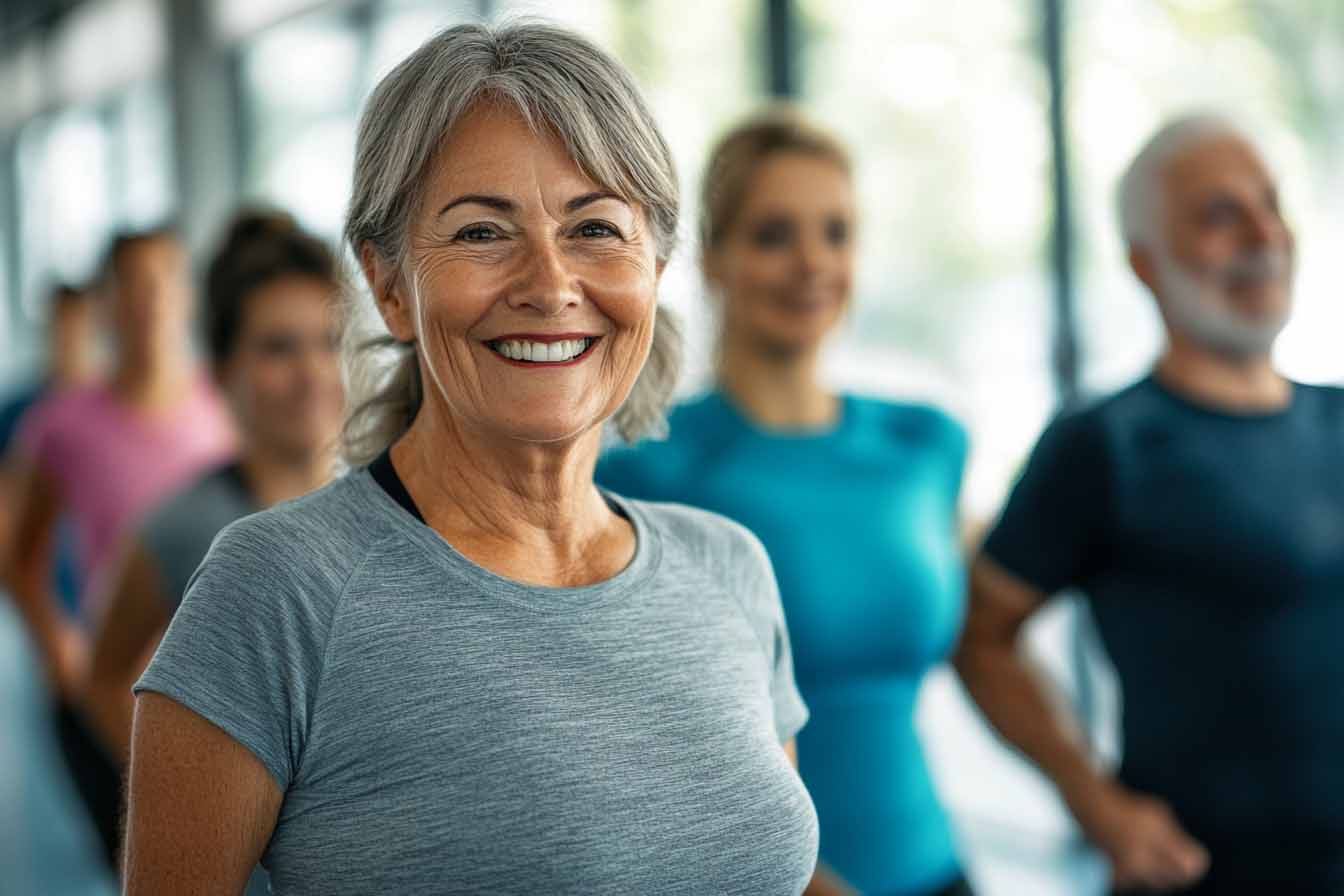Gua Sha is an ancient healing technique from Traditional Chinese Medicine (TCM), known for its ability to promote relaxation and accelerate recovery by scraping the skin with a smooth tool. By stimulating circulation and breaking down muscle tension, Gua Sha offers a holistic approach to maintaining a healthy body. For those already familiar with the basics, there are several advanced body Gua Sha techniques that can deepen your relaxation and recovery experience. If you’re new to the practice, check out our Gua Sha basic guide for an overview.
Here are 7 expert techniques for using Gua Sha on the body to achieve professional-level results at home.
1. Neck and Shoulder Relief Technique
Neck and shoulder tension is common due to poor posture and stress. Using Gua Sha on these areas can release stiffness and improve blood flow.
- How to do it: Start by applying oil to the neck and shoulders to ensure the Gua Sha tool glides smoothly. Use the tool’s curved edge to scrape from the base of the neck, upward towards the hairline. For the shoulders, scrape outward from the spine toward the shoulders’ edges.
- Tip: Focus on long, firm strokes with medium pressure, and adjust pressure depending on your comfort level.
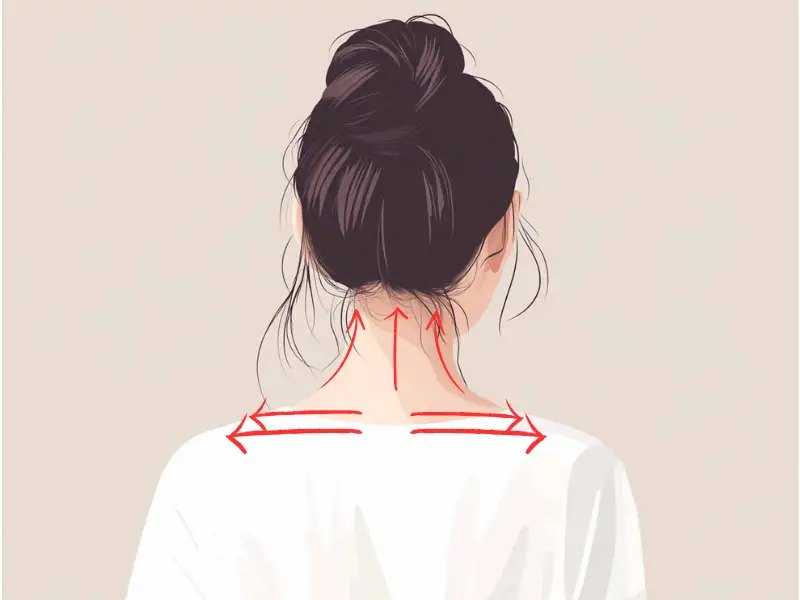
This technique is excellent for relieving neck tightness and headaches caused by muscle strain.
2. Upper Back Tension Release
The upper back is prone to knots and tension from prolonged sitting or heavy lifting. Gua Sha is highly effective for breaking down muscle adhesions in this area.
- How to do it: Position yourself comfortably or ask a partner for help. Apply a generous amount of oil to the upper back. Start at the base of the neck, moving the Gua Sha tool outward toward the shoulders and down the upper back. Use slow, steady strokes, applying moderate pressure.
- Tip: Focus on areas that feel especially tight or sensitive, as these are likely spots where muscle tension is building up.
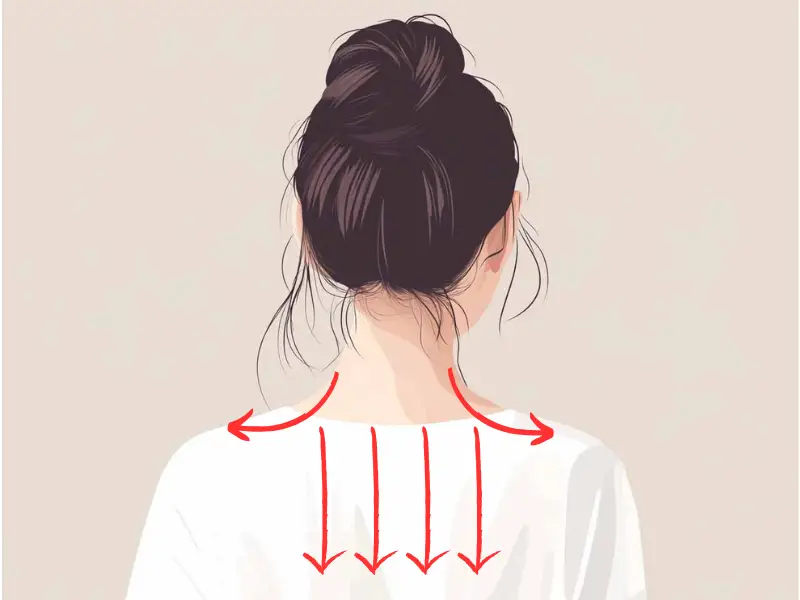
This technique is perfect for relaxing tight upper back muscles, improving mobility, and reducing discomfort from daily activities.
3. Chest Opener for Better Breathing
If you find yourself slouching or struggling with shallow breathing, opening up the chest with Gua Sha can help improve lung capacity and posture.
- How to do it: Apply oil to the chest area, and use the tool to scrape in an outward and upward direction, starting from the center of the chest and moving towards the shoulders. Use light pressure to avoid discomfort in this sensitive area.
- Tip: Focus on gentle, rhythmic strokes to stimulate circulation and open up the chest muscles.
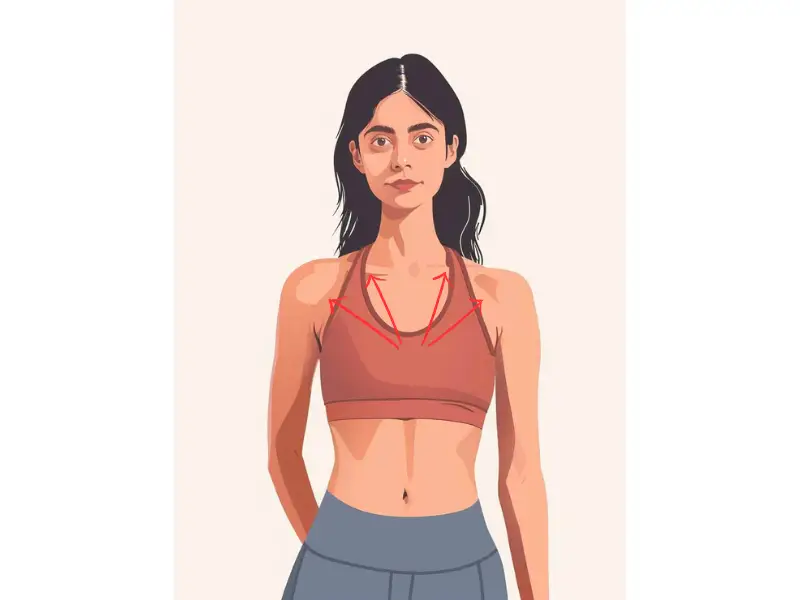
This technique not only enhances breathing but also helps release emotional tension stored in the chest.
According to Ms. Mai Sogawa, a senior TCM therapist, “Metal tools, especially those made from stainless steel, are resistant to rust, making them suitable for use during bathing. They also have the advantage of being more impact-resistant. While there aren’t significant drawbacks compared to natural stones, from a spiritual perspective, natural stones are believed to impart the inherent power of the stone.”
4. Abdominal Gua Sha for Digestive Support
Gua Sha on the abdomen can be beneficial for digestive issues and bloating by promoting circulation and relaxing the abdominal muscles.
- How to do it: Apply oil over the abdomen. Use the tool to make circular, clockwise strokes around the belly button. Be gentle, using light pressure, especially if you’re new to abdominal Gua Sha.
- Tip: Perform this technique after meals to encourage digestive flow and reduce bloating.
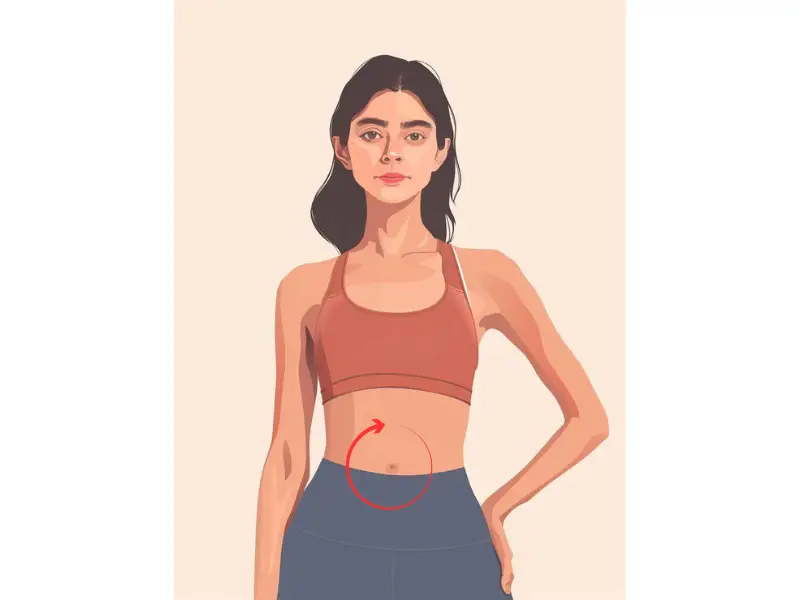
Consistent use of this technique can improve digestive comfort and reduce feelings of heaviness or discomfort.
5. Lower Back Release for Stress Relief
Many people experience lower back pain due to prolonged sitting or poor posture. Gua Sha can relieve this discomfort by improving circulation and loosening tight muscles.
- How to do it: Apply oil to the lower back and use long, firm strokes with the Gua Sha tool, moving from the spine outward toward the hips. Focus on areas that feel especially tight or painful.
- Tip: You can also perform this technique standing, bracing against a wall for support, if doing it on your own.

This technique is particularly effective for chronic lower back pain and stiffness.
6. Leg and Thigh Recovery for Athletes
After intense physical activity, legs and thighs can feel sore and fatigued. Gua Sha is an excellent technique for athletes or anyone dealing with muscle soreness in the lower body.
- How to do it: Apply oil to the legs and thighs. Use the Gua Sha tool to scrape in long, upward strokes, starting from the knees and moving up toward the hips. You can also work on the calves, using upward strokes from the ankles to the knees.
- Tip: Use firmer pressure on the thighs and lighter pressure on the calves, depending on your comfort level.
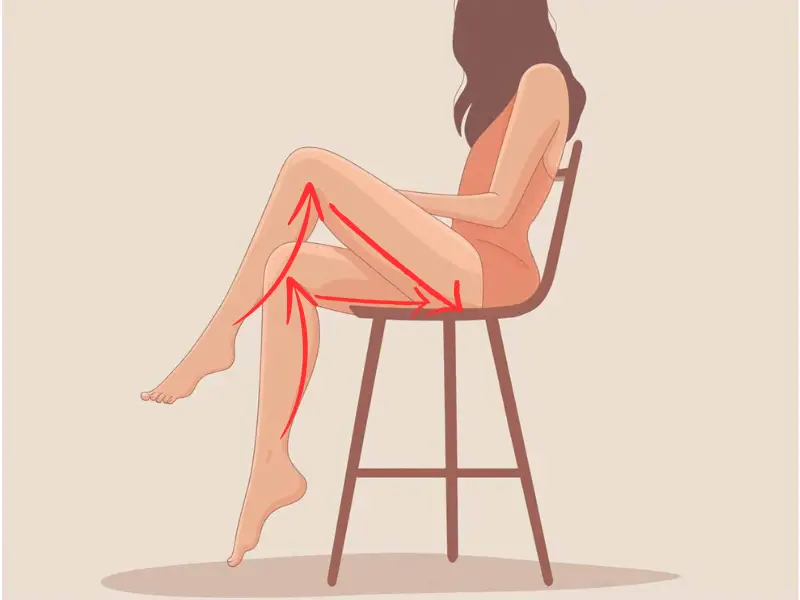
This technique helps release muscle tension and improves circulation, speeding up recovery after exercise.
Ms. Mai Sogawa explains, “The basic technique is similar for both therapeutic and cosmetic purposes. However, in therapeutic cases, more pressure may be applied, and there might be some discomfort due to the underlying condition. For cosmetic uses like facial slimming, gentle pressure is key to avoid leaving marks.”
7. Foot Gua Sha for Grounding and Relaxation
The feet are often overlooked in self-care routines, but they carry a lot of tension, especially after long days of standing or walking. Gua Sha on the feet can help relieve stress and promote a sense of grounding.
- How to do it: Apply oil to the soles of the feet and use the Gua Sha tool to gently scrape in a downward motion, from the ball of the foot toward the heel. You can also focus on the arches if they feel tight.
- Tip: Use a lighter touch on sensitive areas, especially around the arches, and apply more pressure where the muscles feel tight.
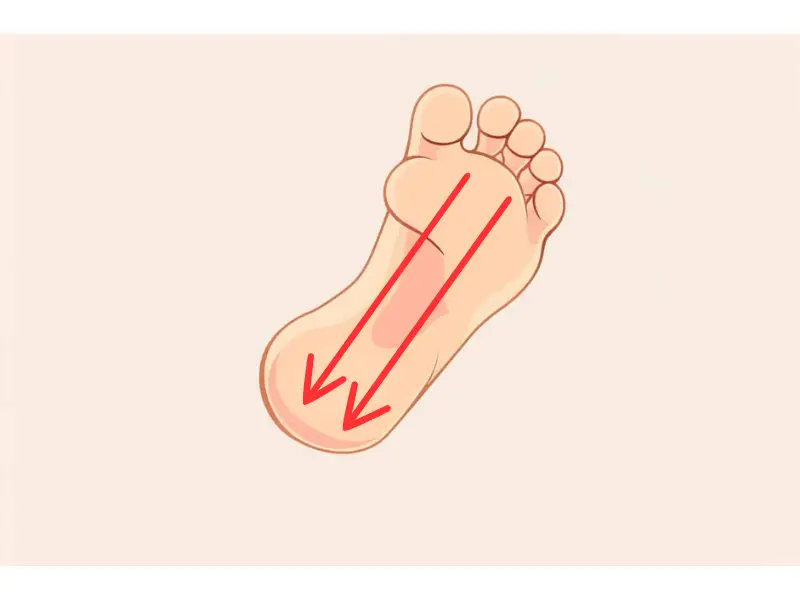
This technique is excellent for relaxation and can help alleviate foot pain or discomfort after a long day.
By incorporating these 7 body Gua Sha techniques into your routine, you can enhance relaxation, ease muscle tension, and promote faster recovery—all from the comfort of your home. Whether you’re looking to relieve soreness after a workout or simply de-stress after a long day, these Gua Sha techniques offer a simple and effective way to take care of your body.

Try our Anti-Aging Gua Sha Tool designed to bring out your skin’s natural glow.
Best Gua Sha Product- Anti-Aging: The tool is designed to target 11 specific aging signs such as wrinkles and sagging skin. By following the 7-step routine, users can improve skin firmness and reduce fine lines naturally.
- Enhances Skincare Routine: It works effectively with serums and lotions, boosting absorption and efficacy of skincare products.
- Visible Skin Improvement: Users can expect a smoother complexion, reduced puffiness, and a more youthful appearance.
 P. Sze
P. Sze 


